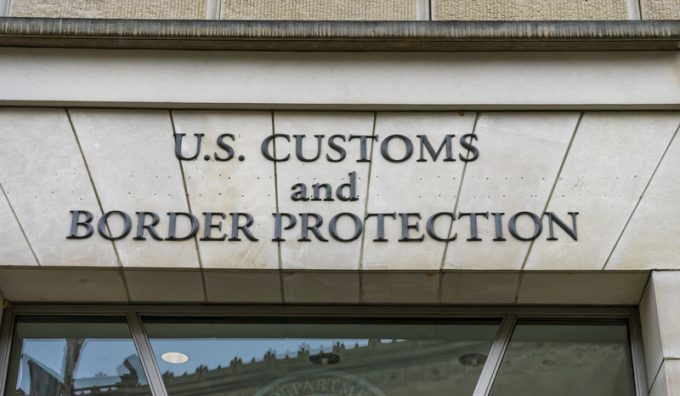Seko targets a slice of integrator market with launch of e-commerce unit
Seko Logistics is launching an e-commerce business unit to “lean into the integrators’ world” and ...

Shipments of smartphones, flat panel displays and health and safety equipment could be stuck in customs come 1 January if shippers have not made the requisite changes in Harmonised System (HS) codes.
The turn of the year brings the latest round of changes in the HS, ...
CMA CGM South Korean staff strike over bonuses after bumper 2024 profit
MSC switches two more Asia-Europe port calls from congested Antwerp
CMA airline returns two freighters, while ANA takeover of NCA looms
Front-loading frenzy has made traditional H2 peak season 'unlikely'
Nightmare for Bangladeshi exporters as congestion and tariffs bite
Tradelanes: Export boom in Indian sub-continent triggers rise in airfreight rates
Carriers introduce surcharges as congestion builds at African ports
Mexican airport modernisation plan unlikely to boost cargo facilities

Comment on this article